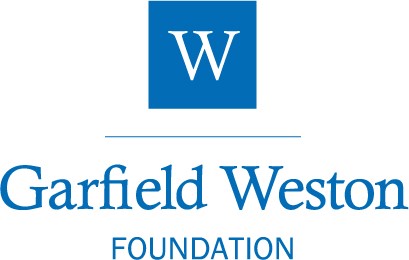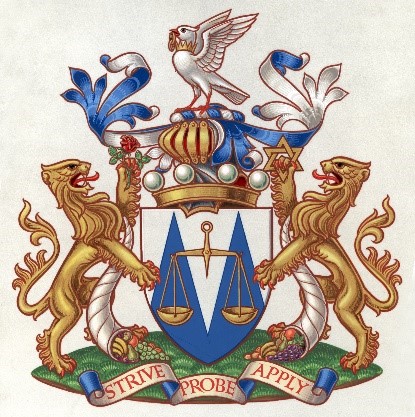We are hugely grateful to the 1671 supporters who gave so generously to make the restoration of Fairburn Tower possible.
Guardians of Fairburn Tower and other lead supporters:
Mr J Blaikie, Dr J and Mrs J Bull, Dr N and Mrs F Campbell, The Hon. Elizabeth Cayzer, Mrs E Colam, Mr B Foord, Mr C Giles, Mr R Grigson and Mr A Layng, the late Sir Angus Grossart CBE, Dame Pippa Harris and Mr R McBrien, Mr H and Mrs S Leishman, Mr J B Macintyre, Mr A Murray-Jones, Mr D Milles, Mr G Neame OBE DL, Dr A Pym, Mr M and Mrs C Seale, Mr B Sealey CBE and the late Mrs H Sealey, Lady Stirling, Mrs M Stirling, The Hon. Tobias Tennant, Sir Samuel Whitbread CBE and Lady Whitbread
Patrons and other generous individuals:
Mr S Ansell, Mr R Baker, Dr J Barney, Mr M Bennett, Ms M Chisholm, Mr P Corey, Miss S Curry, Mr A Baker and Ms S Darling, Mr J Darycott, Ms K Davies, Mr A Dean, Ms K Edwards, Mr A Fraser, Mr D Giles, Ms F Grimshaw, Mr D Holberton, Mr G and Mrs A Kingston, Mrs M Jones, Mr J and Mrs J Kinross, Mrs S Liquorish, Mrs S Lund, Mr J MacIntyre, John Mackenzie of Gairloch, Mr J Miller CBE, Mrs D Mitchard, Mr E Saunders, Dr P Strangeway, Mrs S Wiggert, Mrs S Wrangham
Trusts and Foundations:
The Aall Foundation, H B Allen Charitable Trust, The Architectural Heritage Fund, Bartleet Family Fund, The Binks Trust, T B H Brunner Charitable Trust, The Leslie Mary Carter Charitable Trust, The Cinven Foundation, The Countess of Dunmore’s Charitable Trust, The George C Gibson Charitable Trust, The Gough Charitable Trust, Historic Environment Scotland, Michael Marks Charitable Trust, The John R Murray Charitable Trust, The Orrin Charitable Trust, Thomas Rawcliffe Charitable Trust, The Rockcliffe Charitable Trust, RV and RH Simons Charitable Trust, Tulip Charitable Trust, Viewforth Trust, Garfield Weston Foundation
Gifts in Wills and in memory:
The late Mr M Braine, the late Miss J Fry, the late Mr W Galleway, the late Mr I Glover, the late Reverend Grover, the late Mr D Lawrence, the late Mr J Owen and the late Mr A Peacock
A gift from the Will of the late Mr D Lawrence included provision for the folding footpath map and framed map of the area surrounding Fairburn Tower
Dr R and Mrs E Jurd made a donation towards the cost of the Landmark books
We thank everyone who supported the appeal, including those who have chosen to remain anonymous.




Michael Marks Charitable Trust